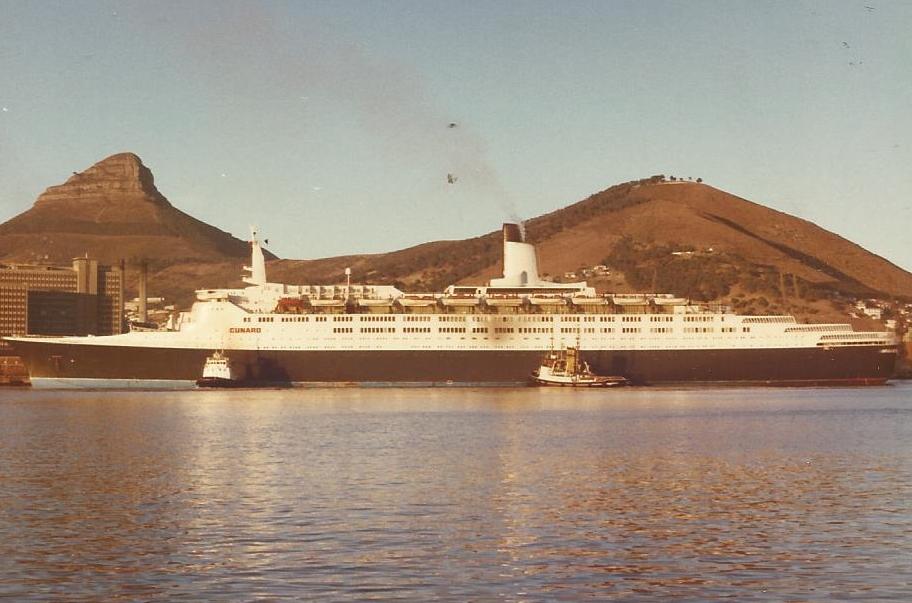Today, the Cape Town Harbour (or The Port of Cape Town) is one of the most renowned ports in Africa. Located in Table Bay, the harbour is used by fishing fleets and boasts facilities for trade, repair, maintenance, and tourism.
The port consists of several key parts: The Victoria and Alfred basins which together made up the original harbour and now are home to the Victoria & Alfred Waterfront; The Ben Schoeman Dock which houses the container terminal; a yachting marina; and The Duncan Dock in which there are fruit terminals, a dry dock, a repair quay and a tanker basin.
In the past, passenger cruise ships would dock at the V&A Waterfront. However, due to an increase in cruise ships a more suitable plan needed to be made. Cruise ships now dock at the Cape Town Cruise Terminal, which is situated on E-Berth in the Duncan Dock.
While the port now has ample facilities for cruise ships, this was not always the case. The original harbour, built around 1654-5 by the Dutch settlers, aimed only at supplying passing ships with food and water.
Construction on the harbour then stopped for a long while, but eventually the excessively strong and dangerous weather conditions necessitated it. Many ships came to their demise due to the winds and storms and lack of protection in the harbour. In order to prevent this, in 1860 construction on a harbour which included a breakwater began. This would be completed in 1870 and would be called the Alfred Basin.
Before the Alfred Basin was completed, the discovery of diamonds in the Cape led to the “Diamond Rush” which brought more and more ships to the area and carried passengers to mine and tons of equipment. Thus, The Victoria Basin was built.
This pattern only continued. After the downturn in the economy in the 1920s, trade drastically increased and more space was required. World War 2 was also a factor that had been taken into consideration, as more ships docked in the Cape. A new basin (The Duncan Dock) was completed in 1945. In 1977, development of the container basin (The Ben Schoeman Dock) began – in 2007, the dock received an upgrade.
Clearly, the Port of Cape Town has been ever expanding. Even today, the port is becoming more and more popular. At the beginning of 2019, The City’s Mayoral Committee Member for Economic Opportunities and Assets Management, Alderman James Vos said “Cape Town is fast becoming the preferred port of call for inbound and outbound international cruise travellers to South Africa.”
Just 8 years ago, in 2012 only 6 060 passengers arrived in cruise ships to Cape Town’s harbour. In 2017 there was a drastic increase in passengers, with the arrival of 31 035. The 2016/17 cruise season brought about 19 vessels to Cape Town.
For the upcoming cruise season, ending in April 2020, 21 cruise ships are expected to dock in the Mother City.
Over the years, there have been many cruise ships docking or passing through the Cape, some of which you may be familiar with.
1. Queen Elizabeth 2
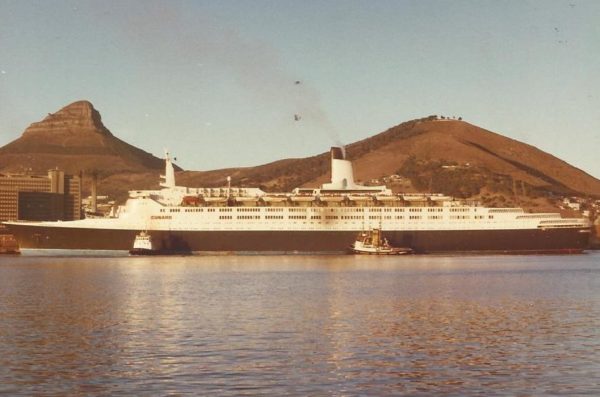
Credit: Facebook/Bryan Portwig – Cape Town Down Memory Lane
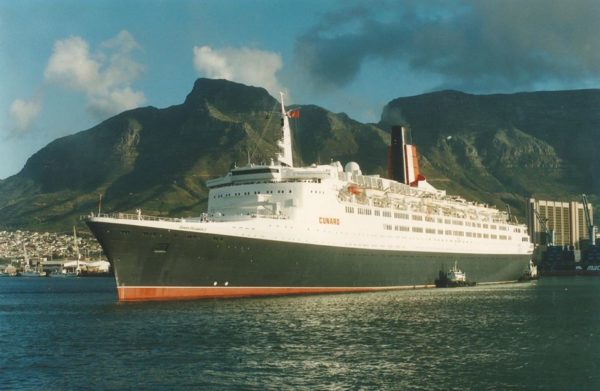
The ship, commonly referred to as QE2 is now a floating hotel in Dubai. She was constructed between 1964 and 1967 and had her maiden voyage in 1969 to New York City.
2. Achille Lauro
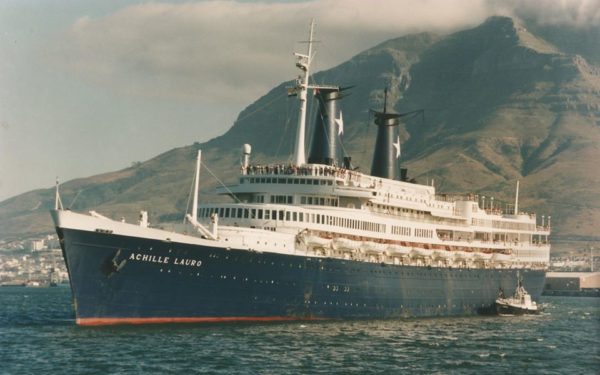
The Archille Lauro is one of the most famous ships to have cruised from South Africa in the country’s early days in the cruise market. The ship was made famous by a hijacking in 1985. Between 1980 and 1990, South Africans grew to love the ship as she made several voyages around the country. Unfortunately on November 30, 1994 one of the ships engines exploded, catching fire. At the time the ship was unmanned resulting in the vessel sinking on December 2 1994.
3. The SS United States
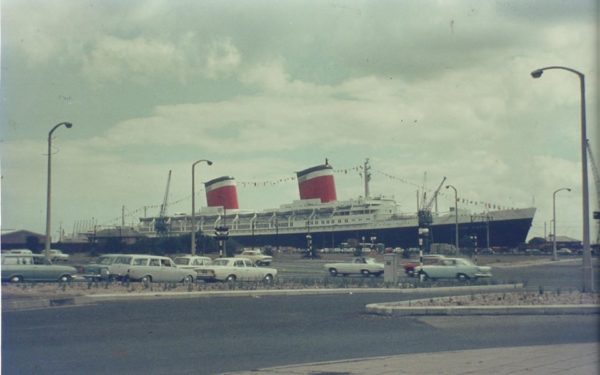
The ship is estimated to have docked in Cape Town around 1969. The liner was built in 1950 – 51 costing the US 79.4-million dollars.
Picture: Facebook/Bryan Portwig – Cape Town Down Memory Lane

